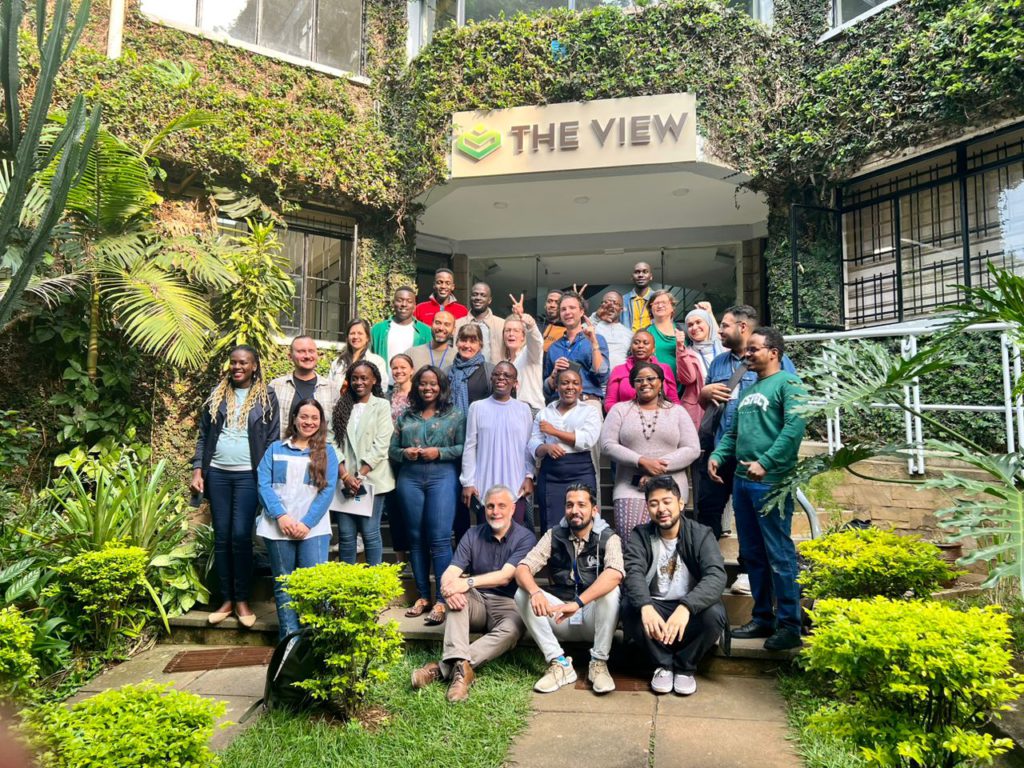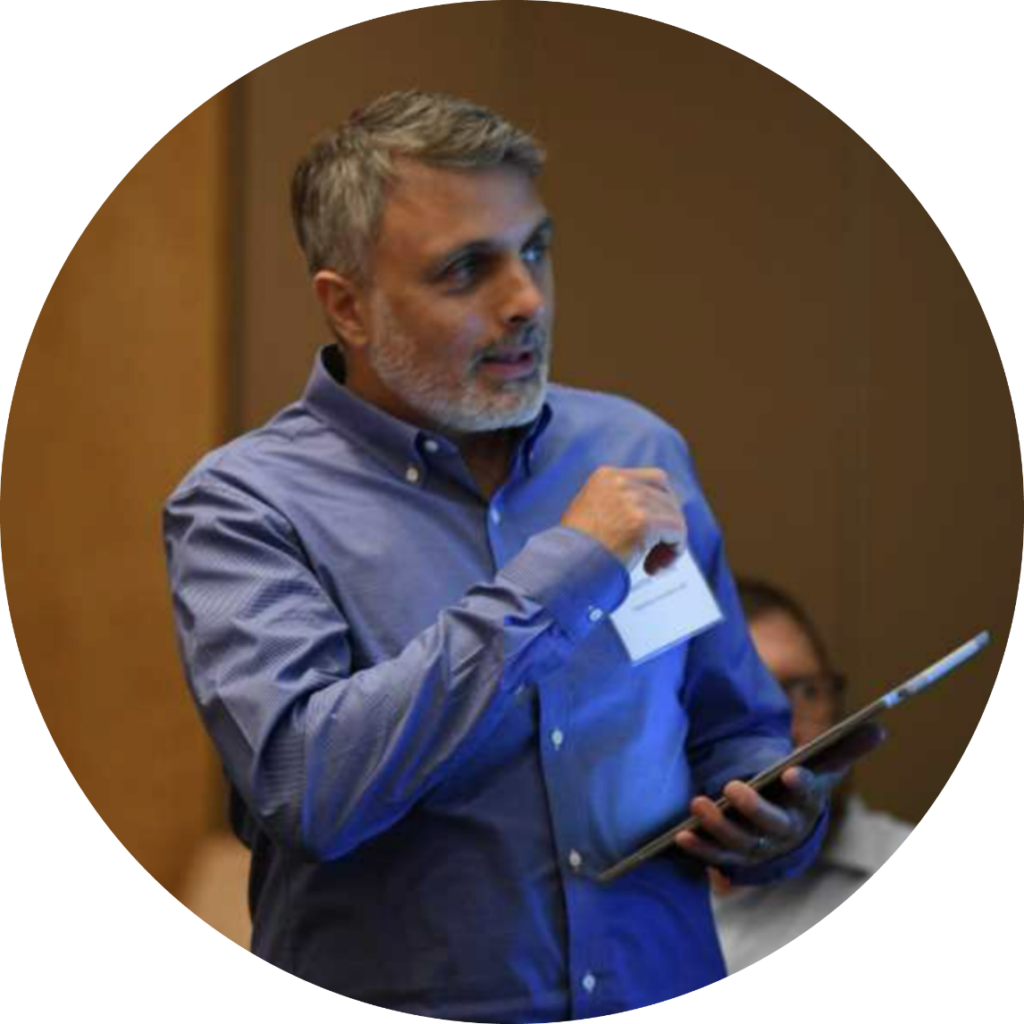
At a time when agencies are being asked to do more with less and having to contend with the acceleration of disruptions caused by climate change, a widespread demand for innovative solutions throughout the aid sector. The Response Innovation Lab (RIL), for that matter, operates response-level platforms that strengthen connections in the ecosystem, raises the visibility of local and non-traditional actors and supports innovation projects. Max Vieille, its Global Director, explains why the humanitarian sector is the sector that would most require innovative thinking.

Mr. Vieille, what specific challenges or issues in the humanitarian sector do you believe require innovative solutions, and how does the Response Innovation Lab address them?
There is widespread demand for innovative solutions throughout the aid sector, particularly at a time when agencies are being asked to do more with less and having to contend with the acceleration of disruptions caused by climate change. However, I think that it is the system itself that requires innovative thinking the most. This is particularly true in light of the localization agenda and the need to rethink not just what the system is meant to deliver but also how it can do so more justly, effectively and sustainably (though I believe that humanitarian programming cannot and possibly should not be sustainable as it is meant to address extreme needs). While redesigning the whole system is likely a fool’s errand, I think that we can fundamentally alter how its components work through innovative partnerships, approaches and technologies. For instance, I think that pooled procurement holds great promise to generate significant efficiencies, cut down on bureaucracy and help local organizations take more prominent response roles. Our work as Response Innovation Lab is all about getting key response stakeholders to share and adopt each other’s most promising solutions through building up more effective, accessible and transparent humanitarian innovation ecosystems. By focusing on connecting the massive demand for better tools, services and approaches form the implementers with the surprisingly large supply of solutions developed in or for countries affected by crisis, we think that we can not only scale up innovations but also demonstrate that more collaboration and cooperation from actors is the path toward a better overall system.
Can you provide examples of tools created by the Response Innovation Lab that have scaled humanitarian innovation and the impact of aid projects?
Our tools have focused on helping generate new partnerships between humanitarian and innovation actors in the responses where we operate. Our starting point has been to deliver comprehensive information about the ecosystem through our interactive maps (Uganda.innovationecosystem.io). These allow actors to identify potential partners and collaborators based on the role they play in the ecosystem (e.g., implementer, knowledge hub, innovation facilitator, funder, etc…). We are working on more sophisticated tools that will be able to assess the whole ecosystem based on its size and diversity.
RIL has also developed a format for in-person events we call Convener meetings that bring together a wide range of stakeholders to collaboratively establish the demand around a particular challenge. That approach of generating collective interest in solving a problem has been a major factor in facilitating the horizontal scaling of innovations between different humanitarian implementers, as has been the case with Chuo Africa, Ogow Health, and Audiopedia, among others.
Our SHINE IT! Toolkit, the third iteration of our set of humanitarian innovation-focused evidence generation tools has also played a critical role in helping non-traditional actors plan for, collect and analyze the information they need to demonstrate results and make critical pivots along their innovation journey.
Do you have any examples where the Response Innovation Lab transfers skills from the for-profit world to the humanitarian sector to increase its effectiveness?
RIL has been applying innovation methodologies originating in the business world from the earliest stages of our iteration. We benefited greatly from the inputs of Dan McClure of Thoughtworks who helped us incorporate the concepts of systems analysis, human-centered design and “lean” models of management.
As we implemented our model, we also came to realize that we needed to pivot from the traditional humanitarian method of looking at challenges through a needs- or rights-based lens and become more focused on understanding true “demand” from the humanitarian system. In some of our earliest interventions, we were disappointed to see that the innovations we had identified for challenges selected by technical experts were not being piloted or adopted. The lesson for us was that need itself is not enough and that we must focus on problems that not only have a negative impact on affected populations but that are also prioritized by implementers and funders who are willing to invest in new solutions. We have since been using more and more of a market lens to our approach, looking at the humanitarian system as the “demand-side” and the innovation providers as the “supply”, with our role to broker partnerships between the two.
Today, we are looking to create more dialogue between the for-profit world and humanitarian actors, particularly around the issue of sustainable, market-driven solutions. Last year, RIL inherited the leadership of the Smart Communities Coalition from Mastercard and USAID and we are looking to use this East African platform to explore how to bring new technologies and services to highly vulnerable populations through hybrid approaches that leverage resources from all sides to reduce costs and improve access.
Interested in the Response Innovation Lab? See more here about their work.


